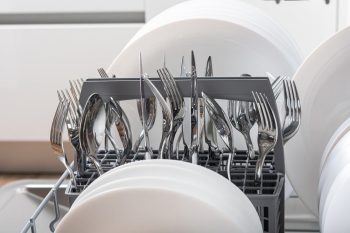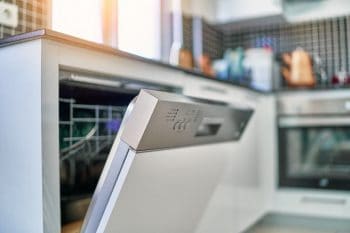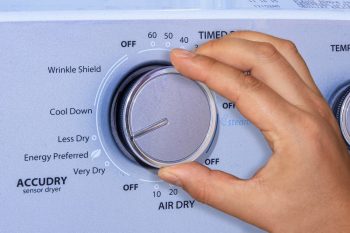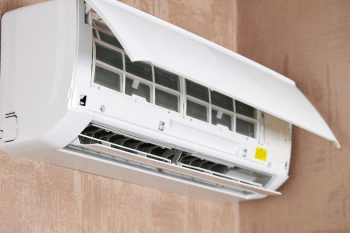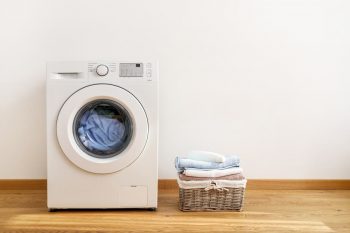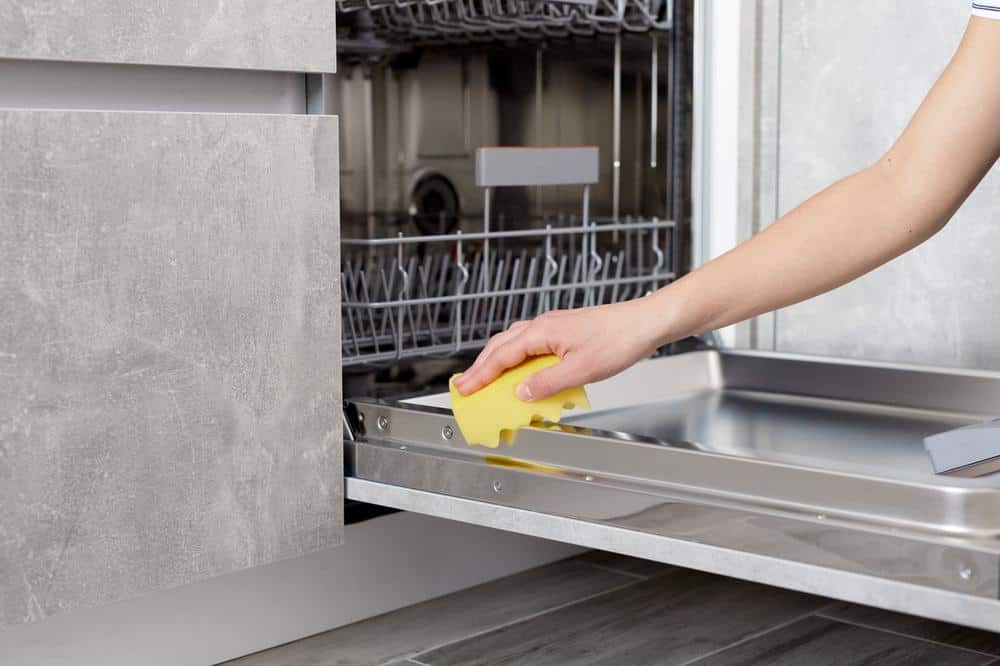
Turning on the water supply for your dishwasher may seem like a basic task, but it’s crucial to ensure that it’s done correctly to avoid leaks, water damage, or even a malfunctioning dishwasher. In this comprehensive guide, we will cover every aspect of this process, from locating the water supply valve to maintenance tips and troubleshooting common issues.
To turn on the water for your dishwasher, first ensure the power and water supply to your dishwasher are turned off for safety. Locate the water supply valve, typically under your kitchen sink, on a pipe that branches off the hot water supply line. Turn the handle counter-clockwise (to the left) to fully open the valve. Run an empty load to check for any issues. Always follow safety precautions and regularly maintain your dishwasher to ensure a safe and efficient operation.
Initial Steps Before Turning On the Water
Before you start, ensure the power and water supply to your dishwasher are turned off. This is a crucial safety precaution to avoid any accidents.
Next, familiarize yourself with your dishwasher’s manual. Each model may have different functions, settings, and specific instructions for water supply.
Before washing any dishes, run an empty load. This will help you identify any loose pipes or issues with the installation. Plus, it’s an excellent opportunity to understand how your dishwasher works.
When you load your dishwasher, try out different layouts to maximize space and minimize the number of cycles needed. Also, choose a detergent that is suited for your dishwasher and the hardness of your water. Some detergents work better in hard water areas.
Locating the Water Supply Valve
The water supply valve for your dishwasher is typically located under your kitchen sink. Look for a pipe or hose that branches off the hot water supply line. On this pipe, you should find a hand shut-off valve or a faucet-type handle.
To ensure the valve is fully open, turn the handle counter-clockwise (to the left). To fully close the valve, turn the handle clockwise (to the right).
Safety Precautions
Safety should be your priority when dealing with appliances and water. Here are some precautions:
- Make sure the water supply valve is properly connected and functioning.
- Ensure the water is hot enough, at least 140 degrees Fahrenheit, for effective dishwashing.
- Load the dishwasher carefully. Place sharp items with points down in the utensil basket and avoid overloading.
- Use only recommended detergents or rinse aids for domestic dishwashers and keep them out of reach of children.
- Do not open the dishwasher door while it is in operation.
- Regularly inspect the door seal (gasket) for wear and tear, and replace or clean it as needed to prevent water leakage.
- Ensure proper ventilation around the dishwasher to prevent overheating and potential fire hazards.
- Periodically inspect the power supply cord for damage and replace or repair it if necessary.
Signs of Successful Water Supply
Once you turn on the water supply, look for these signs to ensure it’s successful:
- The dishwasher starts filling with water.
- The dishwasher completes a cycle and cleans the dishes properly.
- There’s no standing water at the bottom of the dishwasher after a complete cycle.
- There are no visible leaks around the dishwasher.
Troubleshooting Common Issues
If your dishwasher isn’t filling with water, check the dishwasher door, inspect the water supply valve, examine the float switch, check the water inlet valve, and inspect the door switch. If these troubleshooting steps don’t resolve the issue, it’s best to schedule a service with a professional.
Regular Maintenance
To maintain the water supply to your dishwasher, replace the water line every five years. Regular maintenance checks can help you identify potential issues early on. Regularly clean the dishwasher’s interior and filter to remove accumulated food particles, grease, and mineral deposits.
By following these steps and precautions, you can ensure a safe and efficient dishwashing experience. Remember, when in doubt, always consult a professional.
Frequently Asked Questions
What is the float switch and where is it located?
The float switch is a crucial part of your dishwasher that prevents it from overfilling with water. It’s typically located at the bottom of the dishwasher’s interior.
What is the water inlet valve and where can I find it?
The water inlet valve controls the flow of water into your dishwasher. It is usually located behind the lower kickplate panel at the bottom of the dishwasher.
What type of detergent is best for hard water?
Detergents that contain water softeners, such as sodium citrate, are ideal for hard water. They prevent mineral deposits from building up in the dishwasher.
How often should I clean the dishwasher’s interior and filter?
Ideally, you should clean the dishwasher’s interior and filter once a month to keep it running efficiently.
What should I do if my dishwasher is leaking?
If your dishwasher is leaking, first check the door seal and the water supply valve for any signs of damage. If the problem persists, consult a professional.

